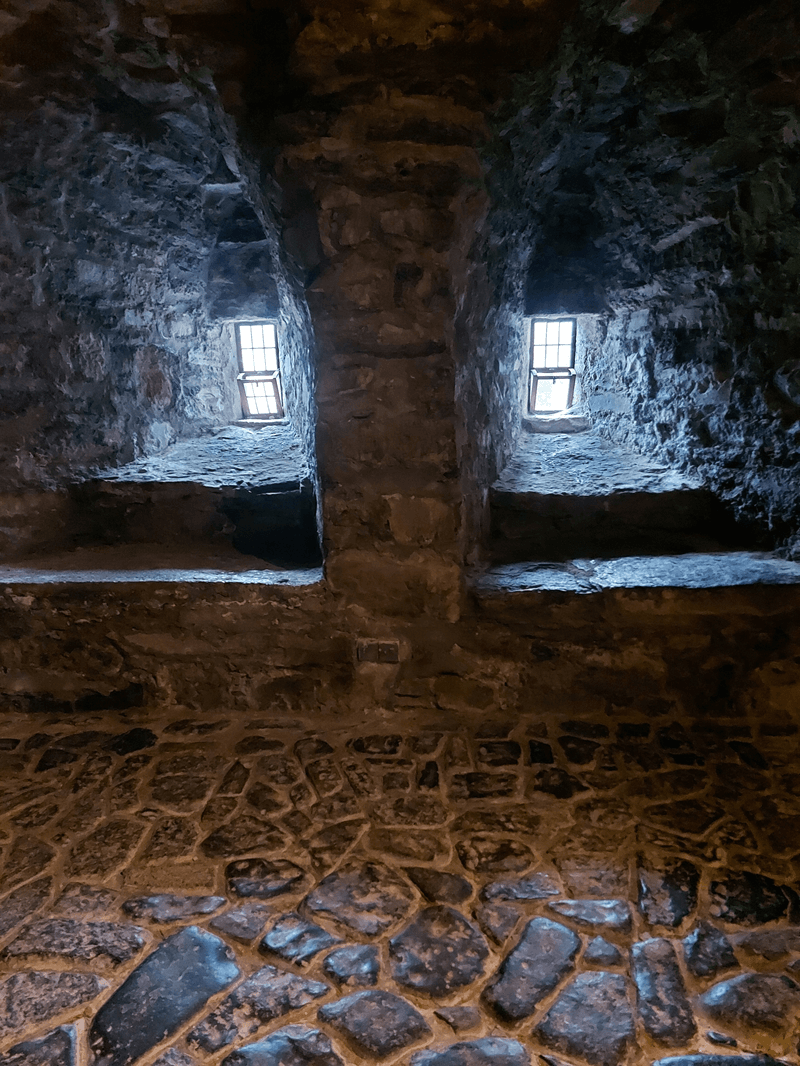History

The founder of the original tower house was Hugh Roe O’Donnell (Aodh Ruadh Ó Domhnaill), leader of the O’Donnell clan controlling the district of Tyrconnell (corresponding to what today we know as County Donegal) [1]. It was erected around 1475, on a bend of the Eske river, to be the main stronghold and residence of the clan [1, 2]. Moreover, Hugh and his wife Nuala also founded a Franciscan friary further down the river [3].
The site might have been previously used for a Viking fort in the 9th and 10th centuries and destroyed in 1159, but there is no archaeological evidence supporting this [4, 5]. Perhaps the name Donegal (Dún na nGall), which means “Fort of the Foreigner”, derives from this Viking fortress [5].
 In 1566, the visiting English Viceroy, the Lord Deputy of Ireland, Sir Henry Sidney, in a letter to William Cecil, the Lord High Treasurer, reported that the tower house was “the largest and strongest fortress in all Ireland” and also “one of the greatest that I ever saw” [1, 3, 5] but towards the end of the 16th century it was first burned (1589) and then partly demolished (1595) to avoid it being garrisoned by the English army and used against the Gaelic clans [1]. However it was probably repaired by Hugh Roe O’Donnell, omonimous descendant of the founder, who participated to the Battle of Kinsale (1601) and, after being defeated, left Ireland in the Flight of the Earls to Spain (1607), leaving the tower house to the English [1].
In 1566, the visiting English Viceroy, the Lord Deputy of Ireland, Sir Henry Sidney, in a letter to William Cecil, the Lord High Treasurer, reported that the tower house was “the largest and strongest fortress in all Ireland” and also “one of the greatest that I ever saw” [1, 3, 5] but towards the end of the 16th century it was first burned (1589) and then partly demolished (1595) to avoid it being garrisoned by the English army and used against the Gaelic clans [1]. However it was probably repaired by Hugh Roe O’Donnell, omonimous descendant of the founder, who participated to the Battle of Kinsale (1601) and, after being defeated, left Ireland in the Flight of the Earls to Spain (1607), leaving the tower house to the English [1].
During the Plantation of Ulster, due to his role with the English army during the Nine Years’ War, after fighting in Munster, in 1623 Captain Basil Brooke received the grant of lands of Donegal, including the castle [1-4]. Under Basil Brooke, the castle got fully restored and progressively evolved into a modern and comfortable Jacobean residence, with mullioned and transomed windows, turrets, several fireplaces [1]. More in particular, at the first floor of the tower, the main fireplace can be admired, which has a remarkable Jacobean chimney piece, carved with the emblems of Basil and his wife [1]. Later on, a large wing has been added to the tower, hosting a kitchen at the ground floor and providing a grander entrance at the first floor [1]. Other important features were a trip stairwell, with steps of the spiral staircase uneven to trip the enemy swordsman, and the garderobe, with the chute angled so that the enemy archers could not catch one in an unguarded moment [2, 4].
Both Sir Basil and his son, Sir Henry Brooke, served as Governors of County Donegal [1]. Interestingly, during the Irish Confederate Wars, Sir Henry, who supported the Parliamentarians, lost the castle against the Royalist Earl of Clanricarde for just three days, before reconquering it [1].
The Brooke family held the castle till it fell into ruin during the 18th century [1]. It then came into the ownership of the Earl of Arran, who eventually donated it to the state in 1898 [1, 3].
Located in the center what today we know as Donegal town and surrounded by a 17th-century boundary wall [3], the castle has been restored and is currently looked after by the Office of Public Works (OPW).
References
- [1] Tarquin Blake, "Exploring Ireland’s Castles", The Collins Press, 2017
- [2] Orna Mulcahy, “Irish Castles”, Collins, Little Books, 2020
- [3] Wikipedia, Donegal Castle
- [4] We Love Donegal, DONEGAL CASTLE/O'DONNELLS CASTLE, Donegal Town
- [5] Monreagh Heritage Centre, Donegal Castle – the largest and strongest fortress in all Ireland
Other useful links
- Wikipedia, Siege of Kinsale
- Wikipedia, Flight of the Earls
- Wikipedia, Irish Confederate Wars
- Wikipedia, Nine Years' War (Ireland)
- Donegal Day Out, Donegal Castle
- Irish Tourism, Donegal Castle
- Tuatha, Donegal Castle
- Heritage Ireland, Donegal Castle
- Tripsavvy, Donegal Castle: The Complete Guide
- DoChara, Donegal Castle
- Irish History, Donegal Castle, Donegal Town









